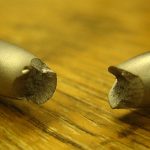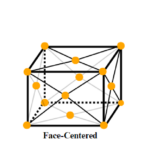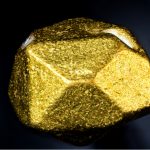Ductile metals are metals that can undergo significant plastic deformation under tensile stress before failure. Ductility is an important consideration in engineering and manufacturing, as it describes a material’s suitability for certain operations and its ability to absorb mechanical overload. In this article, we review the most ductile metals, the least ductile metals, and how to measure ductility of materials.
The Most Ductile Metals
When it comes to the mechanical properties of metals, ductility takes a central role. The use of ductile metals is important in various industries, ranging from construction to electronics. This section reviews some of these metals found in commercial applications.
Gold
Gold has been long considered as the most ductile metal on earth as a single ounce can be drawn to a length of 50 miles without breaking. Also, it has a high malleability as it can be hammered into sheets as thin as a few millionths of an inch. These attributes are due to its face-centered microstructure that makes it a lot more flexible than most metals. In addition, it is one of the densest metals at 19.3 g/cm3. With typical ductility values ranging from 15 to 50%, gold plays a prominent role in manufacturing jewelry, electronics, and reliable connectors in various devices. Moreover, it serves in creating delicate crowns in dentistry, and it is aesthetics makes it a popular option for ornaments.

Platinum
Platinum is quite similar to gold in that it is highly dense, at 21.5 g/cm3, with a face-centered microstructure, making it one of the most ductile of metals. It is highly resistant to corrosion and is one of the most stable elements in nature. This stability, in addition to its high boiling point of about 3,220℉, its as well as its resistance to nitric and hydrochloric acids makes it a common choice as electrodes in laboratories. Platinum also serves in improving efficiency of pacemakers, wires, electrical contacts, and catalytic converters in automobiles, where resilience is crucial. It has a percentage elongation ranging from 25 to 40%.
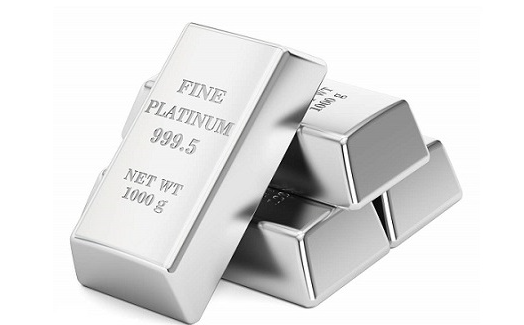
Silver
Similar to gold and platinum, silver boasts high ductility and malleability that allows it to be flattened into sheets and drawn into extended wires. With a percentage elongation ranging from 20 to 45%, the ductility of silver is exploited in the production of mirrors, photography, and electrical conductors. Also, its high resistance to corrosion makes it a popular choice for jewelry and soldering alloys. Although silver dissolves readily in nitric acid and solutions of sodium or potassium cyanide, it does not dissolve in solutions of sodium or potassium hydroxide or fused salts. In addition, it resists acids such as hydrochloric, sulfuric, acetic, citric, lactic, phosphoric, oxalic, and benzoic.
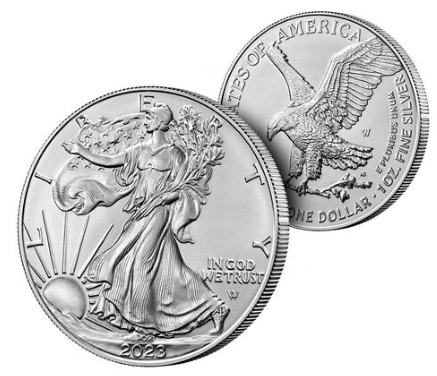
Copper
Copper has remarkable ductility and conductivity, such that it can be drawn into thin wires without its conductivity diminishing. Typically, it has a percentage elongation ranging from 30 to 70%, thus, making it the number one choice for commercial electrical wiring. Copper is also used in plumbing, electronic components, and in the creating of intricate sculptures in architecture.
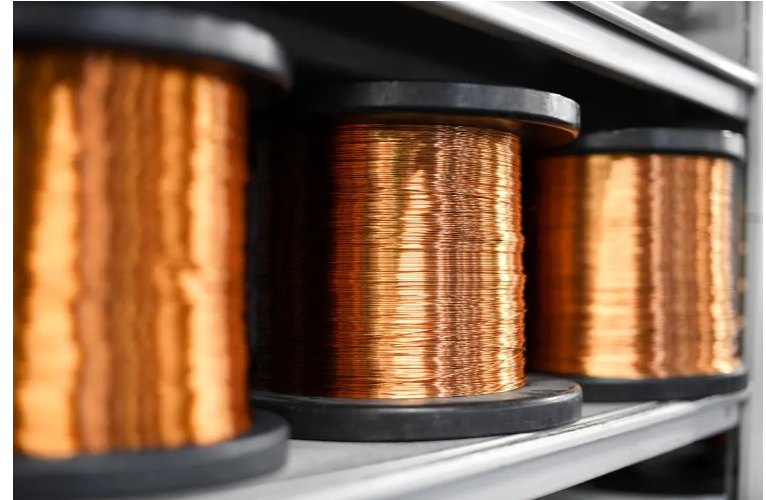
Aluminum
Aluminum’s low melting point (1220℉) and density (2.7 g/cm3) contribute to giving it excellent ductility and malleability. In addition, aluminum boasts of a high strength-to-weight ratio, remarkable corrosion resistance, as well as good electrical and thermal conductivity. Its lightweight helps in reducing manufacturing costs, and also minimizing deadweight and energy consumption in vehicles. Aluminum’s anti-corrosive properties makes it a good fit for making parts that are exposed to the environment and for food packaging. Good electrical and thermal conductivity with its percentage elongation ranging from 10 to 30% means it can serve in electrical transmission lines.
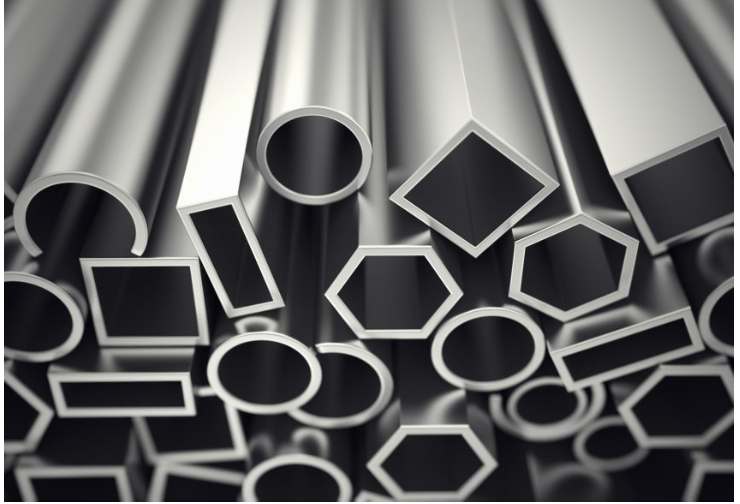
The Least Ductile Metals
Metals with low level of ductility can barely withstand plastic deformation before failure. Despite this, they are common in a variety of applications. This section reviews a few of them.
Cast Iron
Cast iron consists of 2 to 3.75% of carbon, alongside small amounts of sulfur, silicon, phosphorus, and manganese. It has exceptional compressive strength but very low tensile strength due to its percentage elongation being less than 1%. Because of its compressive strength it has good wear resistance and excellent vibration damping capacity. This makes it a popular choice for vehicle engine blocks, pipes, and cookware.
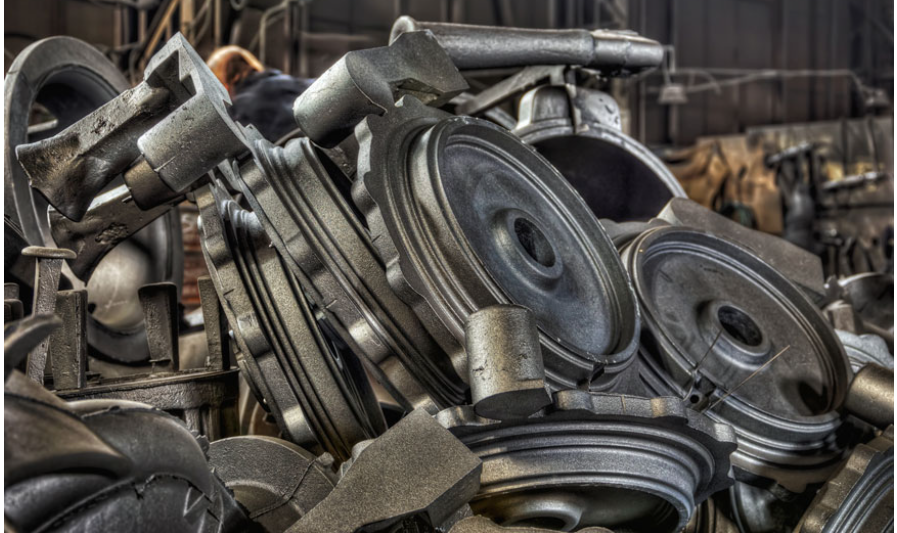
Bismuth
Bismuth is a brittle metal with percentage elongation less than 2%. It has several desirable properties making it common in certain commercial applications.
- Bismuth has low toxicity so constitutes certain alloys for pharmaceuticals and cosmetics.
- It acts as a catalyst for making acrylic fibers.
- Although it is brittle, bismuth can be extruded into wires that are used in thermocouple applications, as they have the highest negativity known.
- Alloying bismuth with tin and cadmium forms low-melting materials that serve in fire detection and extinguishing systems.
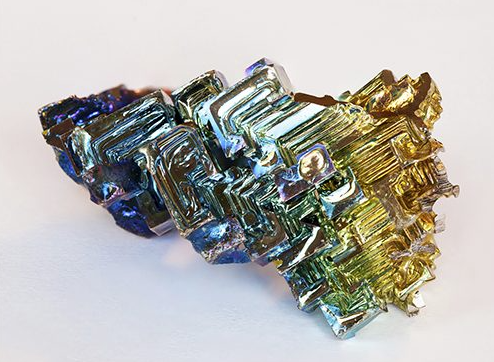
Lead
Lead is one of the least ductile metals with a percentage elongation usually less than 5%. However, it is malleable with high compressive strength. Because it is poisonous, its application is limited to minimize human contact such as in:
- Lead-acid batteries.
- Sound insulation
- Ballasts and counterweights.
- Coloring element in ceramic glazes.
- Protective glass of computer and TV screens to shield viewers from radiation.
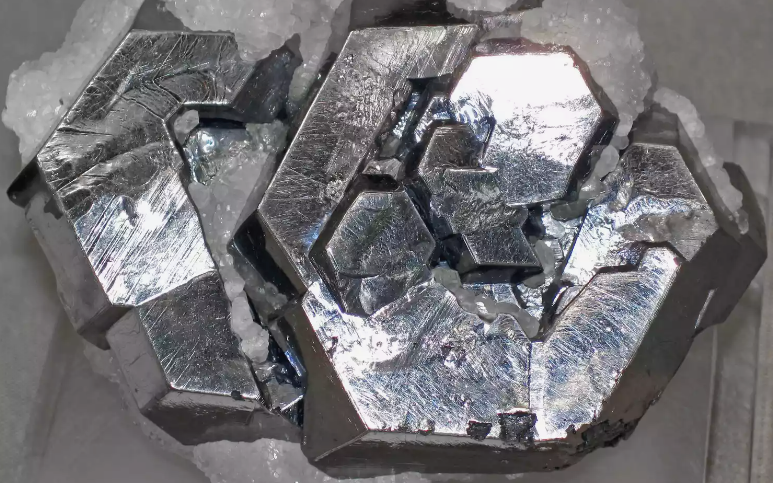
Zinc
Although zinc is brittle by nature, it exhibits better ductility at higher temperatures with a percentage elongation usually less than 10%. Its anti-corrosive properties make it valuable in galvanizing steel. While its toughness at high temperatures means that zinc oxide is an important additive to rubber to strengthen tires and prevent failure when hot.
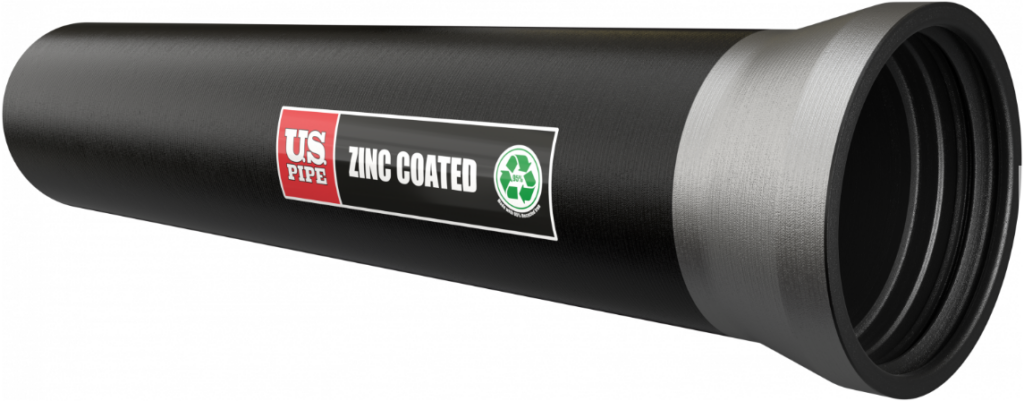
Importance of Measuring Ductility
Assessing the ductility of materials has several benefits including:
- Material Selection: Because ductility is a crucial parameter in certain manufacturing applications, having foreknowledge of it is key to ensuring successful implementation of a project.
- Quality Control: For material manufacturers, ductility measurements ensures that batches remain within specifications.
- Engineering Design: Ductility measurements allow more accurate finite element modelling of designs. This results in the shortening of the total design and test time, as well as parts and systems with better durability at lower costs.
How to Measure Ductile Metals
Generally, assessing ductile metals follows two primary methods:
- Percentage Elongation: This method involves measuring the increase in length of a tensile specimen before fracture, expressed as a percentage of the original length. It provides insight into a material’s ability to deform plastically under tensile stress.
![]()
- Reduction in Area: This method quantifies the decrease in the cross-sectional area of the specimen at the point of fracture. Thus, it provides additional information on the material’s ductile behavior under stress.
![]()

